Katsaris brings poetry and Lisztian fireworks to wide-ranging program
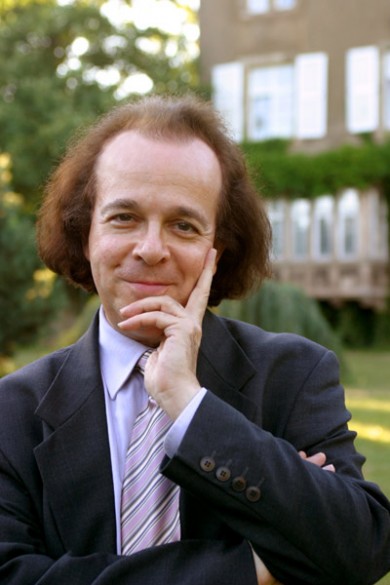
Cyprien Katsaris performed music of Chopin, Schubert and Liszt Wednesday night at Gusman Concert Hall.
Cyprien Katsaris is a virtuoso of the old school. In a recital of predominately romantic music Wednesday night for Friends of Chamber Music, the French-Cypriot pianist exhibited rock-solid dexterity, a larger-than-life artistic personality and an individualistic interpretive streak.
Announcing his program from the stage, Katsaris offered a nearly ninety-minute first half celebrating the two hundredth anniversary of the birth of Franz Liszt. Opening with the composer’s avant garde experimental side, Katsaris imbued the Funeral Prelude and Funeral March (Funeralles) with an unhinged fury that emphasized the near-atonal aspects of the score. The wild leaps and clusters held no terrors for the pianist, his big-boned virtuosity at full throttle.
Paying tribute to Liszt’s legendary improvisatory powers, Katsaris offered his own improvisation on music from Wagner’s Tannhauser, Saint-Saens’ Samson and Delilah, Tchaikovsky’s Pathetique Symphony, Borodin’s Prince Igor and Liszt’s own Liebestraume. He channeled Lisztian thunder, leavened by interludes of pianistic lightness and delicacy.
The Benediction de Dieu dans la Solitude alternates lyricism and knuckle-busting pyrotechnical display. Katsaris’ wide-ranging color palette brought poetry to music that can seem repetitive in less gifted hands. More pianistic hues, of the Hungarian variety, glistened in a sampling of Liszt’s nationalistic rhapsodies.
Turning to the famous transcriptions and paraphrases, Katsaris played the Allegretto from Beethoven’s Symphony No.7 with greater elegance, elasticity of phrasing and gravity than many conductors bring to this music. A rarely heard Liszt version of the Sarabande and Chaconne from Handel’s opera Almira was surprisingly true to the work’s Baroque roots. Katsaris’ powerhouse rendition mixed grandeur and vivacity in a middle ground between Handel’s spare textures and Liszt’s bravura.
The Liebestod from Wagner’s Tristan und Isolde is one of Liszt’s most famous pianistic reinventions. Channeling a singing, operatic line that belied the instrument’s percussive qualities, Katsaris offered a blazing performance, probing Wagner’s melodic and harmonic palette with pearly tone and rare sensitivity.
The evening’s second half featured the pianist’s more poetic and introspective side. Schubert’s beautiful Klavierstuck No.2 in E-flat Major was replete with Viennese charm, the rhythmic impetus always strong and precise. Katsaris also found the hints of poignancy and tragedy in the music’s subtext. The combination of classical restraint and romantic impetuosity was near perfect in Schumann’s Arabeske in C Major, Katsaris’ personal stamp vibrantly felt.
Katsaris is a born Chopin player. Offering the composer’s infrequently played solo piano transcription of the Larghetto from the Piano Concerto No. 2 in F minor, he clearly defined the score’s lyrical line and aristocratic salon aura but also probed the depths of this love letter to an unrequited flame. It is unfortunate that Katsaris did not program more Chopin works as he has always been an exceptionally acute and perceptive interpreter of the Polish master.
He concluded with his own arrangement of Louis Moreau Gottschalk’s The Banjo, a throwback to such virtuosic displays as Horowitz’s elaborations of Liszt. Katsaris’ version was faster, flashier and definitely more exciting than the familiar original. While some of the music’s uniquely Americana tinged folksiness was short changed, the sheer generosity of Katsaris’ keyboard fireworks was exhilarating, earning a well deserved standing ovation.
Posted in Performances
2 Responses to “Katsaris brings poetry and Lisztian fireworks to wide-ranging program”
Leave a Comment
Thu May 19, 2011
at 3:23 pm
2 Comments
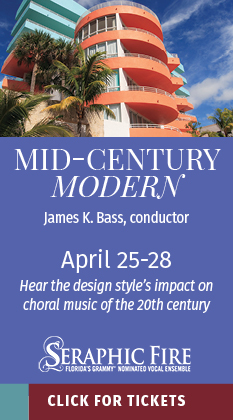
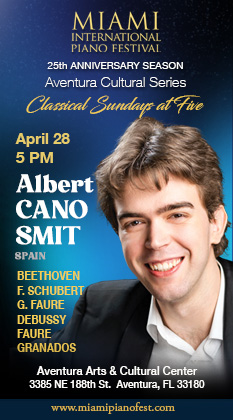



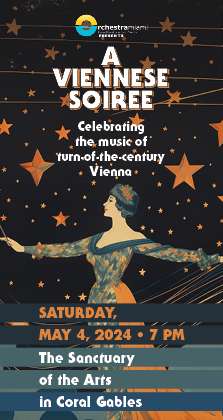
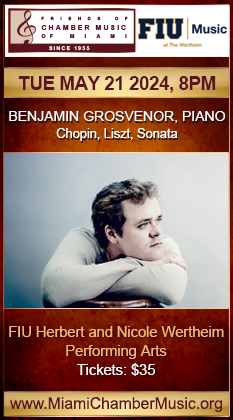
Posted May 19, 2011 at 7:00 pm by Jack Firestone
A wonderful review of a most spectacular concert. Katsaris is a towering musical intellect with impeccable technique and a piano sound I haven’t heard before. Gracious and sharing, he connected with his audience on many levels. He is definitely a throwback to an earlier musical era. I felt I could have been listening to a concert of Liszt in the mid-nineteenth century. This was a night of music I will not forget. I can’t wait for his next visit. Don’t miss it.
Posted May 25, 2011 at 12:14 pm by Francis Romano
The first work on the program was the Funeral Prelude and March, Funerailles is a totally different work from the set of Harmonic and Religious Pieces.
The Hungarian Rhapsodies where # 7 and # 3. There is no mention of the Haydn Sonata which one of most individual and imaginative performances of that work.